On Thursday, January 18 2024, NASA lost contact with Ingenuity, an autonomous helicopter designed to scout for the Martian rover Perseverance, during it’s 72nd flight. Communications were eventually re-established on January 20, 2024.
Arrival on Mars
The 4 lbs(1.8 kgs) helicopter originally arrived to the surface of Mars attached under the rover Perseverance as part of NASA’s March 2020 mission. The duo landed at the bottom of 28 mile( 45 km) wide Jezero Crater, on February 18 2021.
Ingenuity was deployed to the surface of Mars on April 3 2021, and flew on the thin atmosphere of Mars for the first time on April 19 2021, making history.
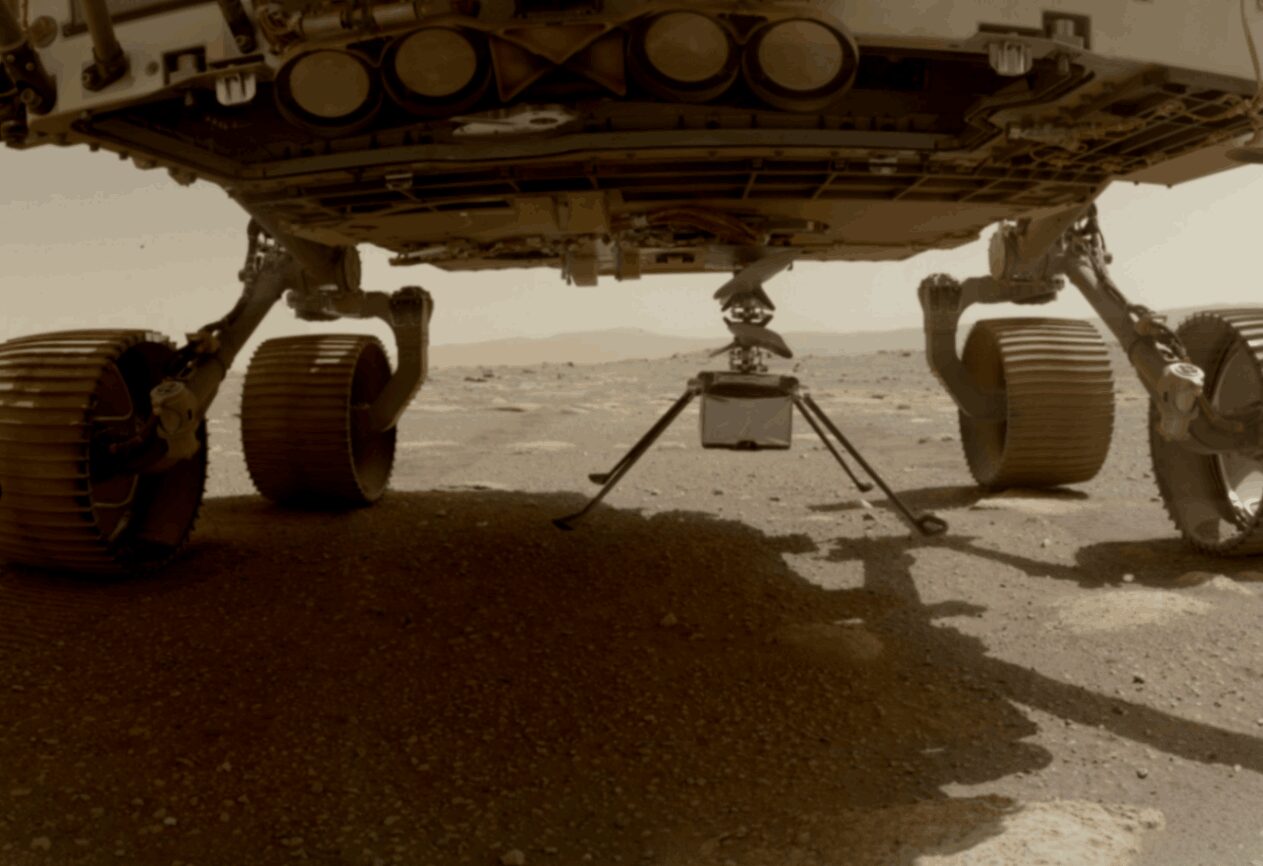
Objectives
The mission of the Perseverance rover was to seek signs of ancient life around Jezero Crater, believed to once be flooded with water, study the geology of the planet and collect samples for possible return, and test habitability for humans.
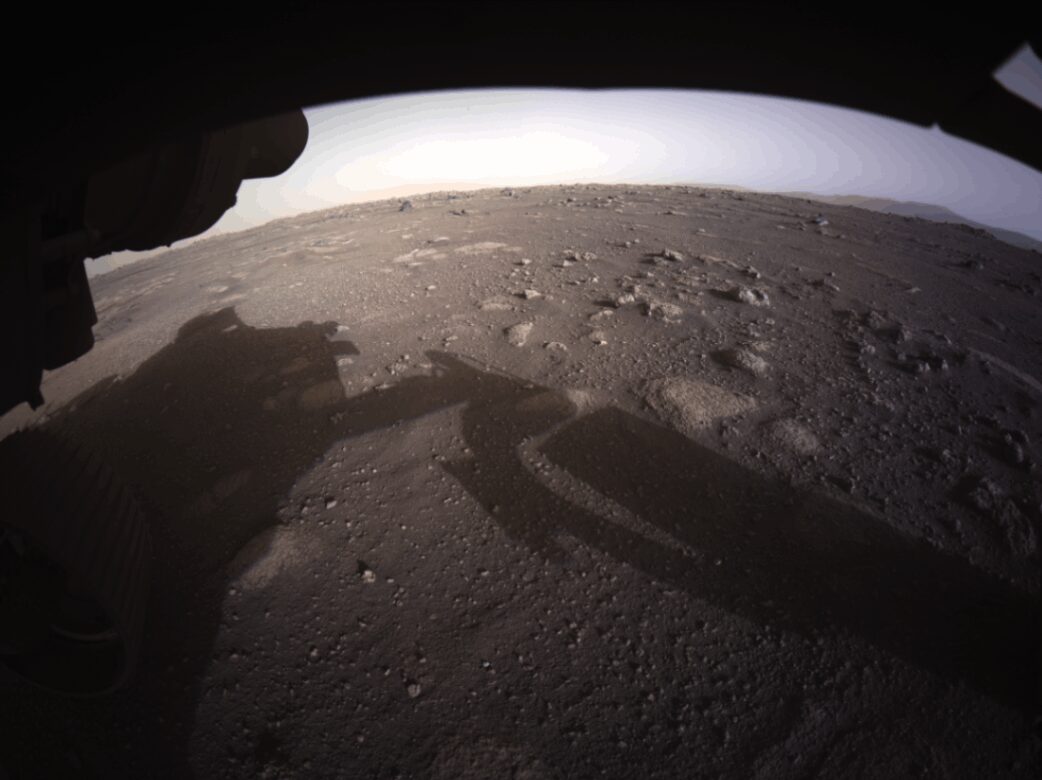
For Ingenuity, the main objective was to demonstrate autonomous flying capabilities on the red planet which has an extremely thin atmosphere (0.6% density of Earth’s atmosphere). The original demonstration was planned to be around 30 sol(Martian solar days), making five flights at altitudes ranging from 10-16 ft., for up to 90 seconds each.
Success!
Ingenuity created history by being the first controlled extraterrestrial flight by any aircraft on April 19 2021. During the flight, Ingenuity took off vertically, hovered and then landed, having been airborne for 39.1 seconds.
The second flight of Ingenuity took place on April 22, 2021, where it flew 4 meters (about 13 feet) horizontally and reached an altitude of 5 meters (about 16 feet).
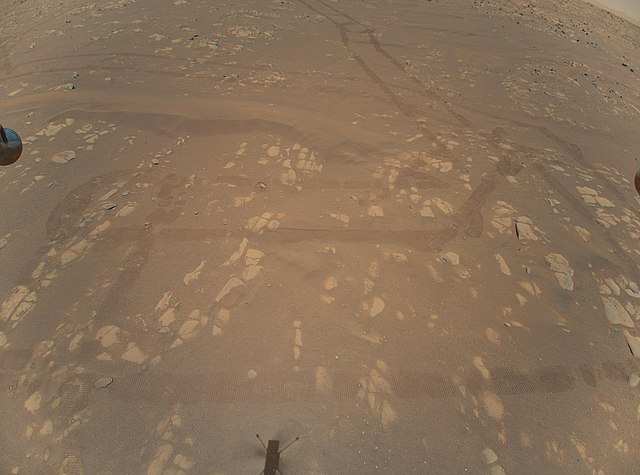
The third flight occurred on April 25, 2021, and Ingenuity covered a horizontal distance of 100 meters (about 328 feet) and reached an altitude of 5 meters (about 16 feet). On its fourth flight on April 30, 2021, Ingenuity flew 266 meters (about 873 feet) horizontally and reached an altitude of 5 meters (about 16 feet).
The fifth and final flight of the initial phase took place on May 7, 2021, where Ingenuity covered a horizontal distance of 129 meters (about 423 feet) and reached a new height record of 10 meters (about 33 feet).
Surpassing all expectations, Ingenuity began a new mission, namely the Operations Demo Phase. Starting with it’s sixth flight on May 23, 2021.
Operations Demo Phase
Ingenuity has been used to scout for promising geological features and explore areas that Perseverance cannot reach. This involves flying up to a kilometer ahead of the rover, identifying interesting geological formations, and helping plan the best driving route for future rovers. This ability to scout ahead can help maximize the scientific output of rover missions by identifying the most promising areas for study.
In addition to scouting, Ingenuity has also been making digital elevation maps. These maps are created by taking aerial images of the Martian surface and using software to calculate the height of the terrain features. These maps can help scientists better understand the Martian terrain and plan future missions.

Another key capability being explored during this phase is aerial observations of areas not accessible by a rover. There are many interesting geological features on Mars that are difficult or impossible for a rover to reach, such as steep slopes or rough terrain. Ingenuity can fly over these areas and take detailed images, allowing scientists to study these inaccessible areas.
Ingenuity is also capable of detailed stereo imaging from atmospheric altitudes. This involves taking images from different positions in the sky and combining them to create a 3D model of the terrain. This can provide valuable information about the shape and size of terrain features, and can also be used to create realistic 3D visualizations of the Martian surface.
Ingenuity has performed exceptionally well during its operations demonstration phase. As of its 71st flight on January 6, 2024, Ingenuity had flown a total of two hours, eight minutes, and eighteen seconds. It had covered a horizontal distance of 17.163 km (10.665 mi) on Mars as of December 22, 2023.
Communication Blackout
During it’s 71st flight, Ingenuity was expected to cover a horizontal distance of 358.3 meters. However, the helicopter traveled just a third of that. The problem was related to its downward-facing camera, which uses surface indications for autonomous navigation. The helicopter was traveling over a particularly featureless expanse of the surface, and the lack of landmarks appeared to cause a problem with its navigation, forcing the flight to end early.
This unexpected early landing led to the planning of Flight 72, which was designed as a quick pop-up vertical flight to check out the helicopter’s systems.
Flight 72 was expected to last for 32 seconds. During this time, Ingenuity was planned to climb to its assigned maximum altitude of 40 feet (12 meters). However, during its planned descent, communications between the helicopter and the Perseverance rover terminated early, prior to touchdown.
Communications were re-established on January 20,2024. The details of how the contact was re-established are not specified, but the team at NASA’s Jet Propulsion Laboratory (JPL) is currently reviewing the new data to better understand the unexpected communication dropout during Flight 72.
This isn’t the first time NASA has successfully re-established contact with Ingenuity after a communication dropout, having dealt with two such prior incidents.
The first communication blackout with Ingenuity occurred in May 2022. The blackout lasted for two days and was caused by a seasonal increase in atmospheric dust, a feature of the approaching Mars winter1. This prevented Ingenuity’s solar arrays from being able to fully recharge its batteries.
During Martian night, one of the helicopter’s instruments entered a low-power state and reset its clocks. This caused the helicopter’s clock to be out of sync with the clock aboard the Perseverance rover.
The second communication blackout occurred after Ingenuity’s 49th flight. The helicopter fell silent for 63 days due to hilly terrain that interrupted communications between the rover and aircraft. Contact was re-established on June 28, 2023.
Future
The success of Ingenuity has paved the way for future aerial explorers on Mars and potentially other space destinations. It has transitioned from a technology demonstration to an operational phase, supporting NASA’s Perseverance Rover in its exploration of Mars, and the mission has been extended indefinitely.
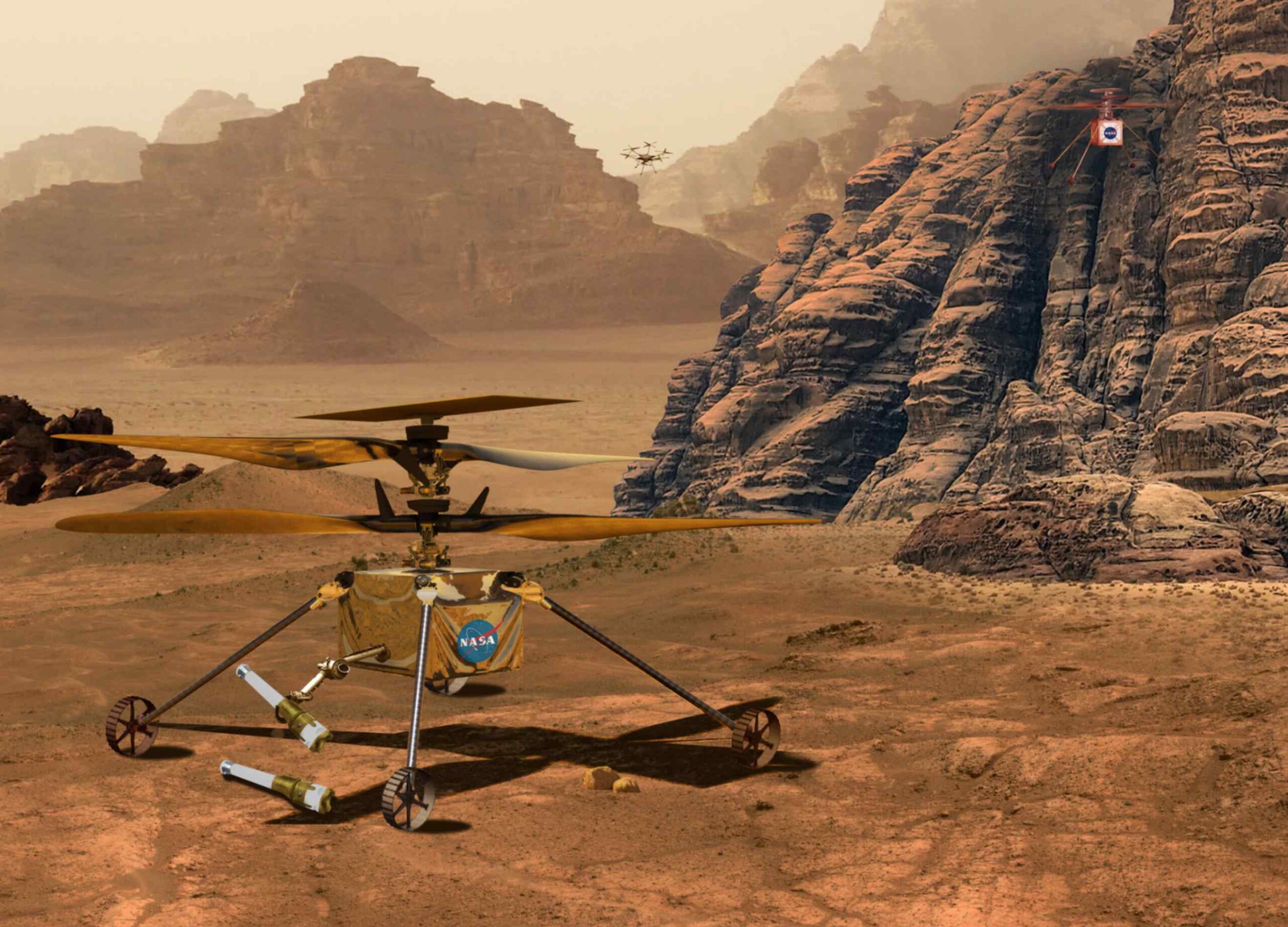
It has inspired NASA to test designs for Sample Return Helicopters, which could serve as a backup retrieval system for Mars Sample Return. These next-generation helicopters would be able to pick up and carry sample tubes in flight and also drive on the Martian surface.
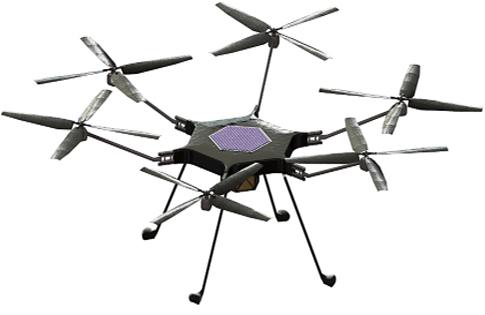
Another future concept is the Mars Science Helicopter, a proposed six-rotor “hexacopter” that would be about the size of the Perseverance rover. It would bring important payloads to areas of Mars that are not currently accessible.
To read more about the Ingenuity helicopter visit here.
Read about the Devil’s Comet